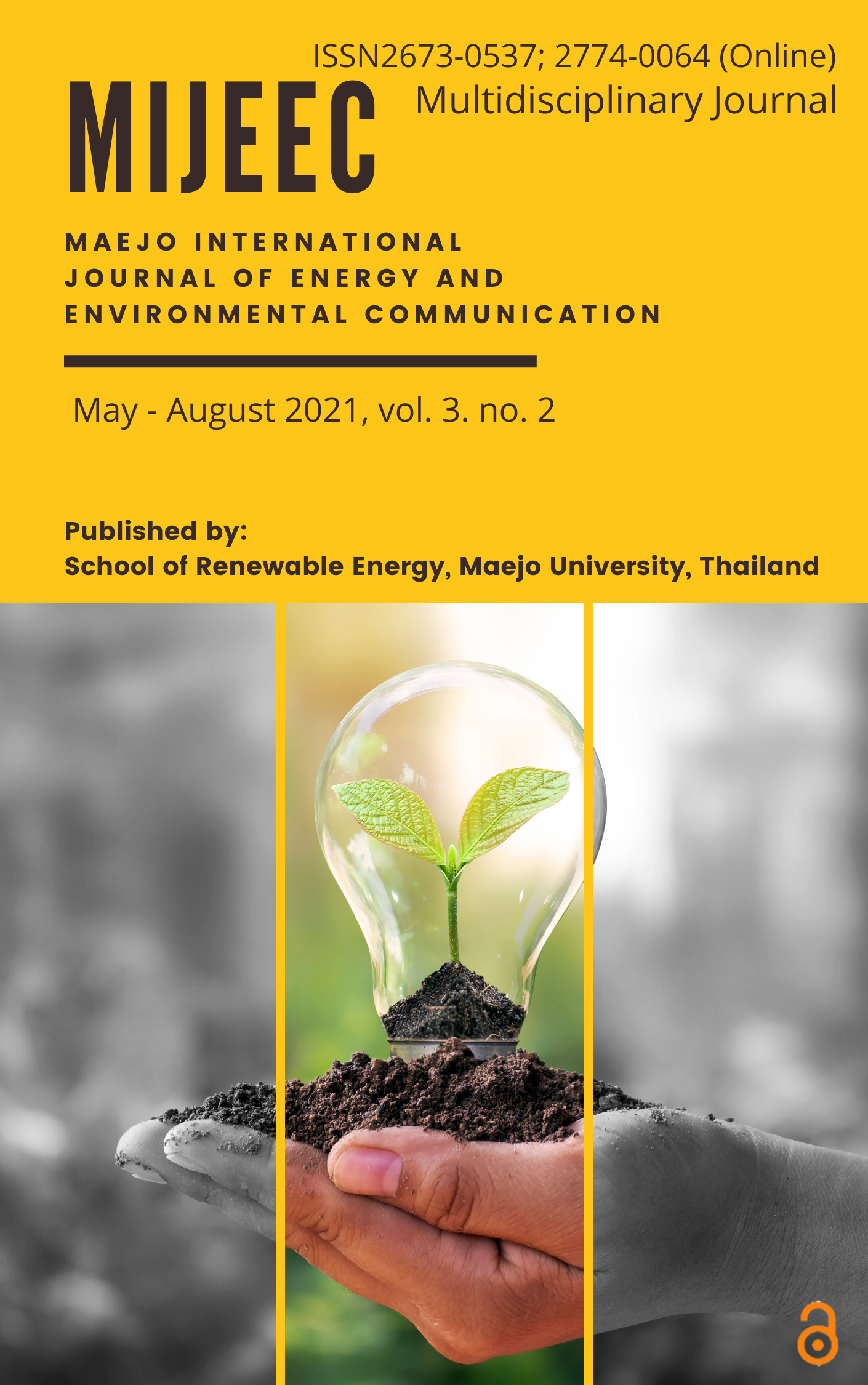Evaluation of cattail characteristics as an invasive wetland plant and biomass usage management for biogas generation
Main Article Content
Abstract
The fossil fuel-based linear economy has many severe drawbacks, including the need for energy security and the resulting environmental degradation. In a new cycle of the bio-economy that is becoming increasingly important, biomass waste has been used to generate energy while reducing pollution and greenhouse gas emissions. The growth of renewable energy will be substantial in the reduction of greenhouse gas emissions in order to achieve the ambitious goal of becoming carbon neutral by the mid-century. It appears that using anaerobic digestion technology to produce methane-rich biogas from biomass has a great deal of potential in this scenario. The cattail fresh and dry biomass substrate with pig wastes as inoculum was tested for biogas production. Cattail's highly complex lignocellulosic structures make it challenging to decompose as a biogas substrate. Alkaline pretreatment is one of the efficient tools in solubilizing lignin. As a result, chemical pretreatment of biomass (2 % sodium hydroxide) was a unique method for increasing biogas generation by reducing complex polymers of lignocellulosic materials into simpler molecules that microorganisms could digest. The fresh and dry biomass substrate added fermenter was produced with 57% and 60% methane, respectively.
Article Details
Copyright © 2019 MIJEEC - Maejo International Journal of Energy and Environmental Communication, All rights reserved. This is an open-access article distributed under the terms of the Creative Commons Attribution-NonCommercial- Attribution 4.0 International (CC BY 4.0) License






